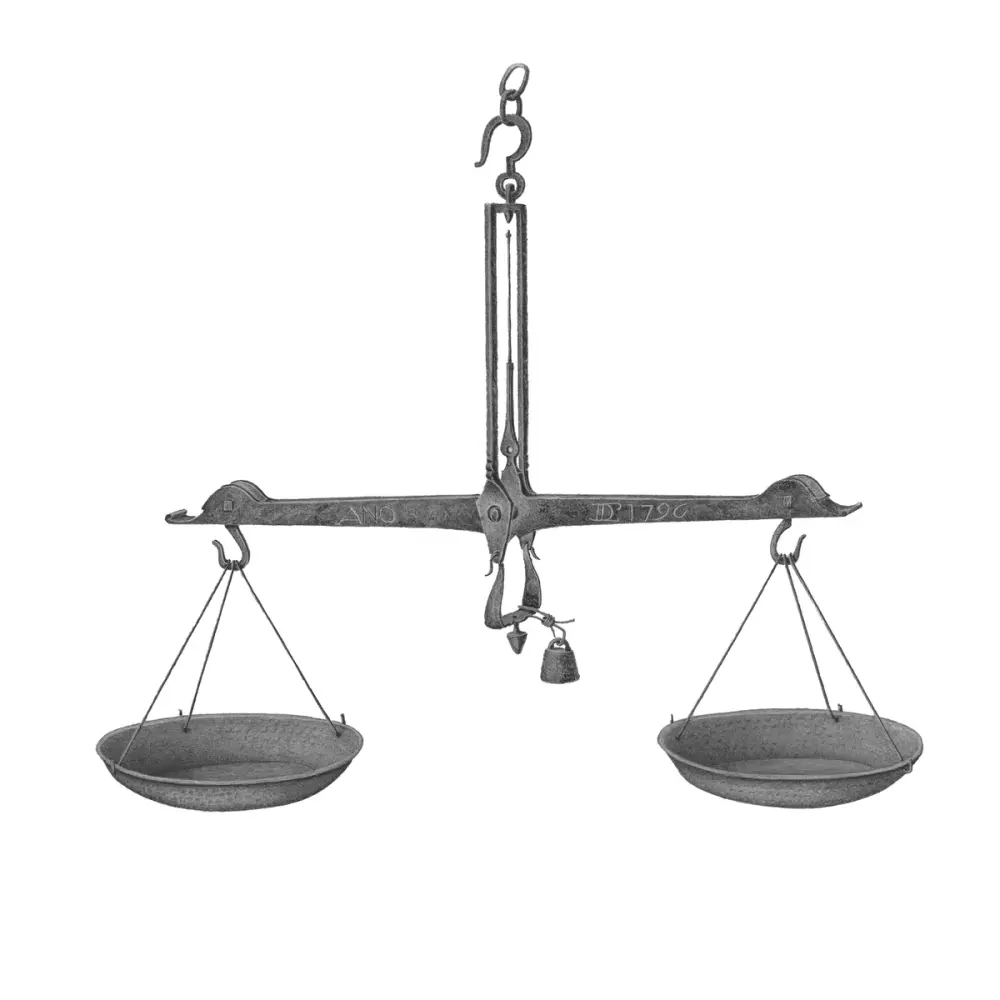Spork’s versatility, willingness to learn from us and adapt their solutions to fit our unique needs is what enabled this project to succeed.
Stephen Jones, Chief Product Officer

Legal 500 Architecture
The case for a better architecture
When Legal 500 set out to reimagine its digital presence, it needed a platform as authoritative and adaptable as its renowned legal rankings. Spork stepped in to craft a solution that not only met the challenge but elevated the experience for users worldwide.
Client
Legal 500
Problem
Deeply coupled legacy platforms that struggled to keep up with Legalease's pace of change.
Solution
Event driven architecture allowing for flexibility in the tech ecosystem.
Outcome
A robust foundation for automation and large-scale data processing
- Hosting, Infrastructure & DevOps
- Platform Development
- CMS & DXP builds
- Technology Consultancy
- API Development
- Web Apps
The Challenge
While Spork was focused on redesigning the new Legal500.com UI, the Spork team quickly recognised that an overhaul of the technical architecture would be necessary to support it. Years of fragmented legacy systems and patchwork solutions had created inefficiencies, dependencies, and missed opportunities for innovation.
Some of the key improvements we wanted to make:
- Decoupling systems: Legacy systems were tightly coupled, which made upgrades and changes difficult and risky.
- Improving agility: We want to transition internal processes and technical architecture to support experimentation and lightweight development.
- Integration gaps: Existing systems, spefically their CRM and CMS, didn’t communicate effectively with one another, making future upgrades and integrations cumbersome.
- Resilience improvements: As the incumbent site naturally grew in sophistication, data synchronisation solutions – often in the form of off-the-shelf plugins – were added in an ad-hoc manner. This led to data sometimes going missing, causing perceived outages on the site.
- Put data at the heart of Legalease: We want to make critical data a ‘first-class citizen’ and make it the starting point for the design and development of products, features, the API, and other digital services.
It was clear that the new architecture needed to do more than meet today’s requirements – it had to future-proof the Legal 500 digital ecosystem, supporting product development ambitions for years to come.
The Work
Spork collaborated closely with Legal 500 to design and implement an architecture that was as forward-thinking as it was practical. We started with a clear set of goals:
- Prioritise digital data: Build products, features, and APIs with data as a first-class citizen.
- Decouple systems: Ensure systems were independent, resilient, and easy to replace or upgrade.
- Support agility: Enable lightweight experimentation without the need for major structural changes.
- Focus on quick recovery: “Mean Time To Recover” (MTTR) over extended uptime predictions – “Mean Time Between Failures” (MTBF).
- Integrate seamlessly: Incorporate current systems while preparing for future ones like SSO and AI.
Our solution? An event-driven architecture. Working with Legal 500’s newly formed tech team, we mapped out a system that centred on an event store – a dynamic core for capturing and propagating changes across various systems. This approach created a foundation for seamless integration, adaptability, and resilience.
We implemented:
- Event-handling frameworks: Off-the-shelf tools to track system changes and share updates across downstream systems.
- Incremental development: A phased approach to deliver immediate value while maintaining flexibility for future demands.
- Future-proof philosophy: “Store critical changes in their simplest form now; figure out how to query them later.” This kept the architecture lean and adaptable to unknown future needs.


